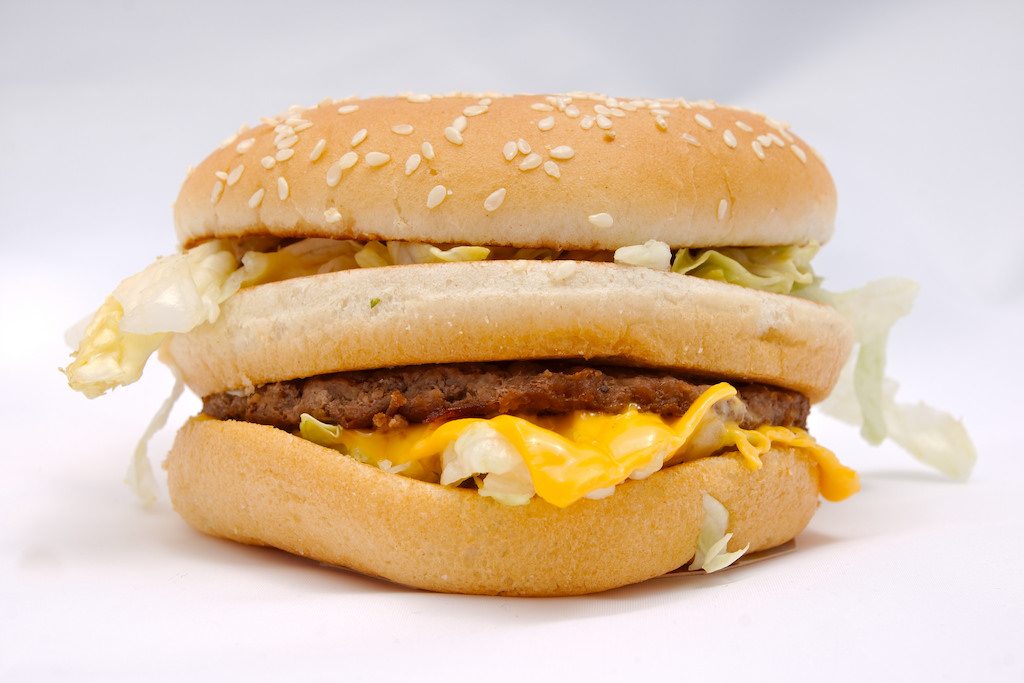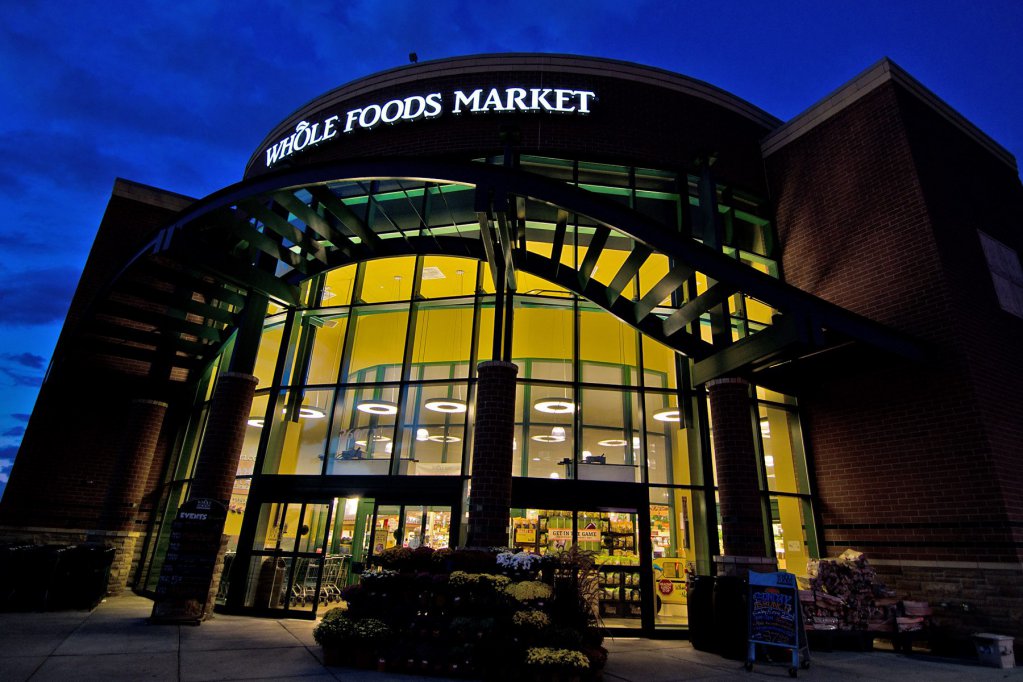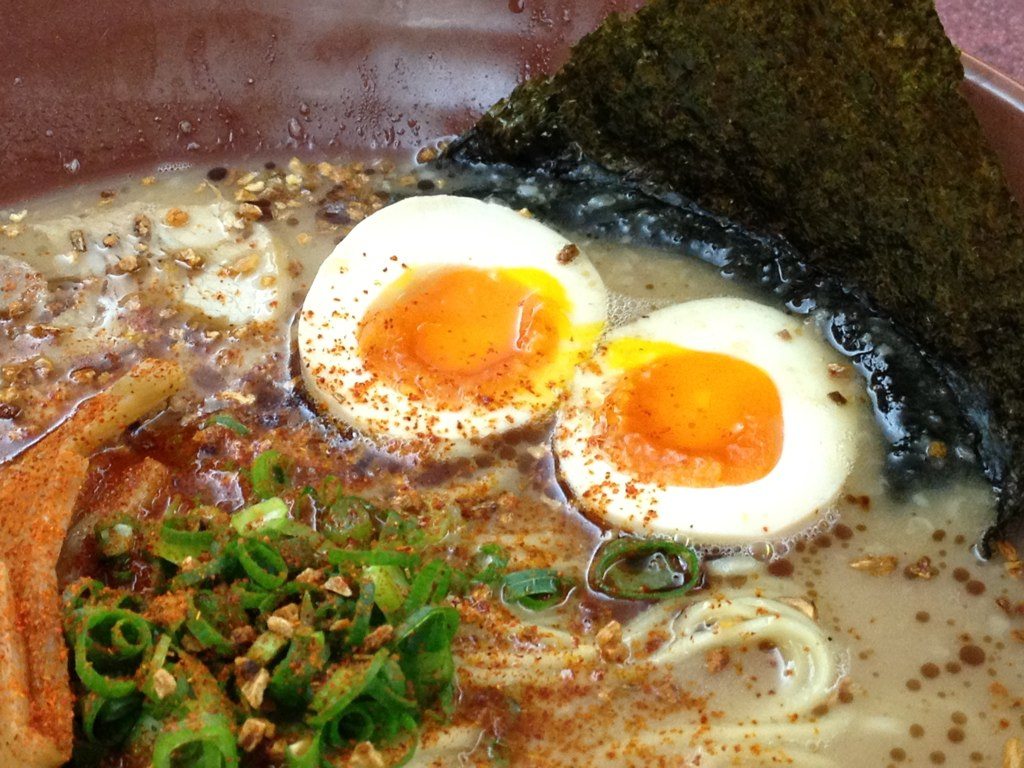Two weeks ago, we learned that the beleaguered McDonald’s has decided to stop trying to be something it’s not: a fast-casual chain that appeals to all segments of society, from ball-capped burger-scarfers to health-conscious kale-munchers. From all indications, it seems to be sticking with the scarfers.
“The decision,” the Wall Street Journal reported, “comes after the company conducted its largest-ever customer survey last year to understand why it was losing customers. The study showed that it was losing customers to other fast-food chains, not to fast-casual restaurants serving healthier fare.”
To which the only possible response is: “Well, duh.” It was fine for the company to conduct a study of just how many customers it was losing for which particular reasons, but it’s not like people weren’t telling McDonald’s this obvious overall truth for some time. McDonald’s says it will now concentrate more on the quality of its core offerings, and less on expanding its menu or making other changes designed to bring in eaters who might otherwise opt for Chipotle or Panera Bread.
To some degree, the reactions of McDonald’s and other large food and beverage companies to mercurial trends is understandable. We are awash in studies of what “millennials” want, for example. And those studies are often contradicted by what millennials actually do. They might say they want foods that are healthier or more “sustainably” produced, but data on what they actually buy is often much more complicated.
The essential dilemma for huge companies that rely on mass appeal is that mass appeal doesn’t mean as much when markets are fragmenting. But the answer for them can’t be to water down their own identities so that nobody knows what they even are. McDonald’s tried to have it both ways, alienating its core customer base while failing to reach anyone else.
Anheuser-Busch InBev faces a similar dilemma. Beer consumption has been falling for years, especially among the younger set, and the people still drinking beer are favoring craft brews over the mass-produced big names. The company has played it pretty smart, acquiring lots of craft brewers and, mostly, letting them do their thing. But that doesn’t do much for the company’s core products.
This quandary was startlingly highlighted in 2015, when ABI ran a spot for Budweiser during the Super Bowl making fun not only of craft brews, but drinkers of craft brews. The ad portrayed them as insufferable, pretentious hipsters, while portraying Bud drinkers as red-blooded, real Americans. The backlash was predictable, but then the company doubled down on the mockery the next year. Which may actually have been smart.
ABI likely figured that appealing to hipster-mocking frat boys and construction workers in order to draw them away from other mass-produced brands wouldn’t hurt sales of its craft brands (those guys weren’t going to drink a peach ale anyway). Plus, ABI itself isn’t really a brand, but a house of brands, serving a bunch of separate markets.
McDonald’s, though, is very much a singular brand. The company’s hapless flailing for an identity was on display in 2015 when it ran TV spots mocking kale, and just a couple of months later added kale salad to its menu. Nothing happens quickly at a behemoth like McDonald’s (which is part of the problem), and the salad was clearly in its development stage when the spots ran. Adding to the astonishing clumsiness, it turned out that the one of the kale salads wasn’t even close to healthy, in that it contained more calories, salt, and fat than a double Big Mac.
The pitfalls of mass-market branding can be seen all over the food and beverage industry, though usually not as starkly as in the case of McDonald’s. Companies that have decades and billions of dollars invested in large, global supply chains, and in marketing themselves almost entirely on price, taste, and convenience, don’t often find it easy to pivot to consumers who value “artisanal,” “sustainable” products that, ideally, are locally sourced. That explains the somewhat recent wave of consolidation, with giant companies like General Mills and Hershey acquiring smaller companies that appeal to those consumers, while also trying to manage their existing, mass-market brands.
The challenge often reveals itself in how behemoths manage their newly acquired brands, as when it was discovered that General Mills was using GMO ingredients in its Kashi cereals (the company stopped the practice soon after).
Another giant, Kraft Foods (now a unit of Kraft Heinz) is practically synonymous with highly processed, mass-market food. So far, it hasn’t made acquisitions of more “artisanal”-type companies. Rather, it has tried to make its existing products more appealing to consumers with environmental and health concerns by, for example, reducing packaging waste (which is also a money-saver for the company) and removing artificial preservatives and dyes from its cheese products. But nobody is going to mistake Kraft for a peddler of “artisanal” products anytime soon. People buy American Singles, Mac & Cheese, and Kool-Aid for reasons of price, taste, and convenience—precisely the same reasons they go to McDonald’s.
The fact that McDonald’s is finally doing exactly what it should doesn’t mean its problems are solved. It likely amounts to simply making the best of a bad situation. It is still facing massive changes in both the nature of its competition and in consumer preferences. It might make its burgers better, but that doesn’t mean it can compete effectively against “better burger” chains like Five Guys, BurgerFi, and Shake Shack, which offer vastly superior fare for not much more money.
The technology initiatives McDonald’s announced as part of its turnaround are good, necessary ideas: mobile ordering and delivery service, for example. But convenience is still a factor for the kinds of busy consumers who are McDonald’s potential customers. And their dining choices will still come down to taste. Unless the company’s plans to improve its food (such as using more “sustainable” beef) amount to a massive upgrade over the status quo, while also keeping prices down, all that technology won’t help much. It seems unlikely, though, that improvements to food quality will be substantial enough to draw people away from other options.
It could be that McDonald’s time is simply passing, as it passed for Woolworth’s, A&P, and, now, Sears —all classic American companies that thrived for decades until a changing marketplace ultimately did them in. The company could be relegated to managing its own decline.
It’s not quite there yet, though. A couple of weeks ago, The New Food Economy’s Joe Fassler had a few novel suggestions for how McDonald’s could totally revamp its business model. Given the harsh reality, one or more of them might make some sense.
More prosaically, TheStreet’s Brian Sozzi suggested that the company “open a new concept or start acquiring better upstart food chains in order to begin to reverse consumer perception.” And it could be that McDonald’s manages to change its brand image in that way, though it would be a long, hard slog. But Sozzi’s tip came alongside this pronouncement: “I would still rather eat a rancid Big Mac than own shares in the company.”











